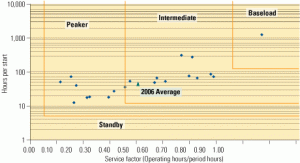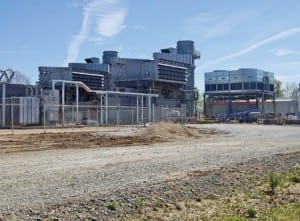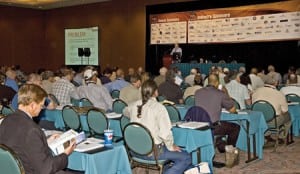Latest
-
O&M
Focus on O&M (June 2007)
Ready for your NERC close-up? / Synthetic oils for industrial applications
-
Legal & Regulatory
Politicians and state PUCs must shape energy policy together
Historically, states have delegated responsibility for establishing and implementing their energy policy to a public utilities commission (PUC). During most of the 20th century, state PUCs operated with relatively little interference from state legislators. In California, for example, the PUC, created by the state constitution, was vested with the broad authority to independently regulate […]
-
Business
Chauncey Starr: A personal memoir
Chauncey Starr, founder of EPRI—the Electric Power Research Institute—and its first CEO, passed away on April 17, 2007. The previous day, a celebration of his recent 95th birthday had been held at EPRI, where Chauncey held forth for more than an hour on his life experiences and lessons learned. He was in fine fettle. Chauncey […]
-
Instrumentation & Controls
Old plant, new mission
Since 1999, the Texas grid operator ERCOT has given plant owners economic incentives to upgrade and extend the life of their generating units. Lower Colorado River Authority has seized the opportunity to modernize the control systems of its 1970s-vintage Sim Gideon natural gas–fired steam plant. Sophisticated control schemes now calculate the toll taken by running units under severe service conditions—including the high ramp rates that a plant must execute to sell ancillary services.
-
O&M
Drum pressure the key to managing boiler stored energy
At the heart of most boiler combustion control systems (and most coordinated boiler/turbine control systems as well) is throttle pressure correction, usually applied by the “master controller.” Throttle pressure is considered a key variable to control because it represents the energy balance between the boiler and the turbine. When throttle pressure is constant, the boiler […]
-
Coal
Kimberlina: A zero-emissions demonstration plant
FutureGen may be getting the headlines, but it’s not the only superclean demonstration plant in town. In fact, you could argue that other technologies are further down the evolutionary timeline. Case in point: Clean Energy Systems’ adaptation of rocket engine technology to radically change the way fuel is burned. The result is a true zero-emissions power plant.
-
Gas
Siemens G-Class technology builds for the future
Gas turbine manufacturers aren’t selling as many machines today as they did in the hyperactive 1990s. But they are still continuing to refine G-Class technology. It has been about eight years since the first steam-cooled SGT6-6000G from Siemens Power Generation entered service. Take a quick tour of what must now be considered a mature gas turbine technology.
-
Business
How to make VARs—and a buck
Last month, POWER weighed the pros and cons of the various grid interconnection options available to distributed generation plants. This month we explore the technology choices for generating reactive power, or volt-amperes reactive (VARs), which utilities are willing to pay for as an ancillary service.
-
Coal
Global warming, rising costs complicate capacity additions
If little else is clear about the future of the U.S. power industry, this much is: Electricity rates are going up across the country, and will continue to. None of the esteemed panelists at the CEO session of the ELECTRIC POWER 2007 Conference & Exhibition in Chicago last month actually said those words. But much […]
-
Coal
PRB Coal Users’ Group grapples with supply chain challenges
Consumption of Powder River Basin coal continues to grow, from 28 million tons annually in the mid-1970s to what is now 400 million tons per year. Existing plants as far east as Nova Scotia burn the low-sulfur coal to comply with increasingly stringent limits on SO2 emissions, and PRB coal has become the fuel of […]










